
From left to right: Thomas Friedman, Penny Friedman, Dr. Andrew Griffith, Karen Putz and Anne Madeo
For many years, my family was unique when it came to stories about hearing loss. Everyone in my family, for five generations, was born with hearing in the normal range. My Mom started losing her hearing as a teen. She became deaf at the age of 27. “I was at a family BBQ and all of a sudden, I realized I couldn’t hear anything,” Mom shared. “I could see that lips were moving, but no sound was coming out.” Just like that, my Mom became deaf. Her five siblings also were deaf or hard of hearing.
I have four older siblings. My sister, Linda, was almost three years old when she fell off of a chair and hit her head on the corner of a baseboard. Later that week, my Mom noticed that she wasn’t responding to people. She began to stop talking. She was diagnosed with a profound hearing loss. My brother, Dennis, grew up with normal hearing and at the age of 36, he was hit on the head by a wooden beam at work and woke up in the hospital with severe hearing loss. My sister, Jeanie, grew up with a unilateral hearing loss and around the same age as my mom, began losing more hearing. In her mid-forties, she slipped on a rug and became profoundly deaf. My brother, Kenny, developed a moderate hearing loss in his 40’s.
I became very sick with a high fever as a child and my parents believe it was that illness which triggered my hearing loss when I was in elementary school. My first hearing aid was given to me when I was nine- but I only wore when at school. I found that it caused headaches and tinnitus and I often took it off after school and never touched it during the summer. When I was 19, I was waterskiing on my bare feet at a high speed and fell sideways into the water. For weeks, I thought I just couldn’t get the water out of my ear. I had become profoundly deaf. From that point on, hearing aids were a constant thing in my life. Years later, my brother Kenny also lost some hearing from barefooting.
Whenever I would share my family’s story about how we all became deaf and hard of hearing, people would be incredulous at the events that lead to hearing loss. “Y’all need to stop banging your heads,” one person remarked.
I knew that genetics obviously played a part, as there were so many family members sporting hearing aids. We went through the testing at Gallaudet for the Connexin gene and it came back negative.
My friend, Tina Childress, an audiologist, said to me one day, “I think your family has Large Vestibular Aqueduct Syndrome (LVAS).”
So off I went to the ENT to take a pretty picture of the inside of my head. “No, you don’t have LVAS,” said the radiologist who read the scan.
I then sent the CT scan results to Anne Madeo, a genetic researcher at the National Institute on Deafness and other Communication Disorders, part of the National Institutes of Health, to have them take a look. Anne asked some questions about our family history to construct a “pedigree”, a term that researchers use to describe a family in graph form.
“Because the inheritance of the hearing loss looked as though it was coming from women through to all of their children, but from none of the men to their children, we thought there was a very good chance that it was due to a mutation in one of the mitochondrial genes,” said Anne.
With our permission, Anne assembled a team (Andrew Griffith, Penny Friedman, and Thomas Friedman) from NIH and we all gathered at my home. The team spent the day collecting information from each family member and drew blood for the genetic testing.
We learned that we are the third family in the world identified with a mutation in the mitochondrial gene. The specific mutation is called 7510T>C. The most interesting thing to family members was learning that our specific mutation, like all mitochondrial genes, is passed through female family members. There is almost a 100% guarantee of passing the mutation from a female to the offspring, but not from the males.
What this means for my children is that my daughter will have children with this gene, but my sons will not.
People have asked me why we pursued the genetic testing in our family. There were two reasons for it. One of my nieces was hard of hearing. My other niece began to suspect that she might be losing her hearing. However, tests showed that her hearing was within normal limits. A nephew also had an episode where he thought he was losing his hearing as well. So we wanted to figure out the genetic pattern and see how the gene moved through the family. The other reason was simple: after years of questions from other people, we wanted to see if we had a name for the gene.
The results were surprising for my nieces and nephews. The niece who thought she had the gene was relieved to find out she didn’t. While she was happy to find out that she didn’t have the gene, she also felt a sense of “survivor guilt,” in knowing this information. My other niece has it and will pass it on to her children should she have kids. My nephews didn’t participate in the research, but from what we know about the gene, we know what we can conclude for each of them. One nephew has the gene, the others do not. The biggest shock came to me months later, when a cousin of mine obtained hearing aids and then mentioned that her kids were struggling in the classroom. I suddenly realized that the gene was in their family as well. Her grandmother and my mother were sisters.
“I think sometimes, on a really fundamental level, it can make you wonder who you are when you learn something like this about a specific gene mutation” said Anne. “Even though I know and try to tell people that we all carry gene mutations-they don’t define us. Yet, suddenly you’ve learned something fundamental about yourself that you didn’t know before.”
Sometimes learning about genetic results can shake up a family or cause individuals to blame one another. “That probably happens most in families that weren’t doing well already,” explained Anne. “Maybe it wasn’t a strong marriage, maybe the diagnosis in the family was really tough, maybe they’re going through an already stressful time. Not every family (at all) starts pointing fingers.”
For my own family, the information we learned was simply an interesting piece of the puzzle that has been unfolding over the years. My only beef with the researchers is that they didn’t give this gene a cool name. So in my family, we’re naming this gene in honor of my mother and grandmother: the Valle gene.
For more information on genetic research:
http://www.nidcd.nih.gov/
http://www.nidcd.nih.gov/research/scientists/griffith.asp
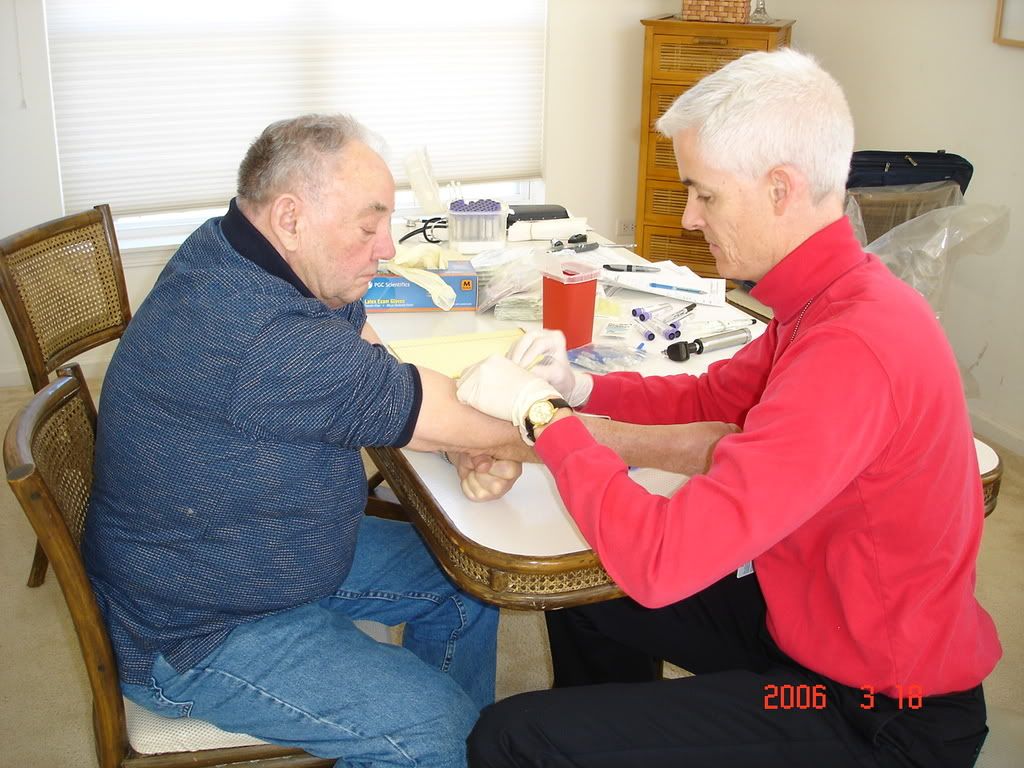 Dr. Andrew Griffith with my Dad
Dr. Andrew Griffith with my Dad
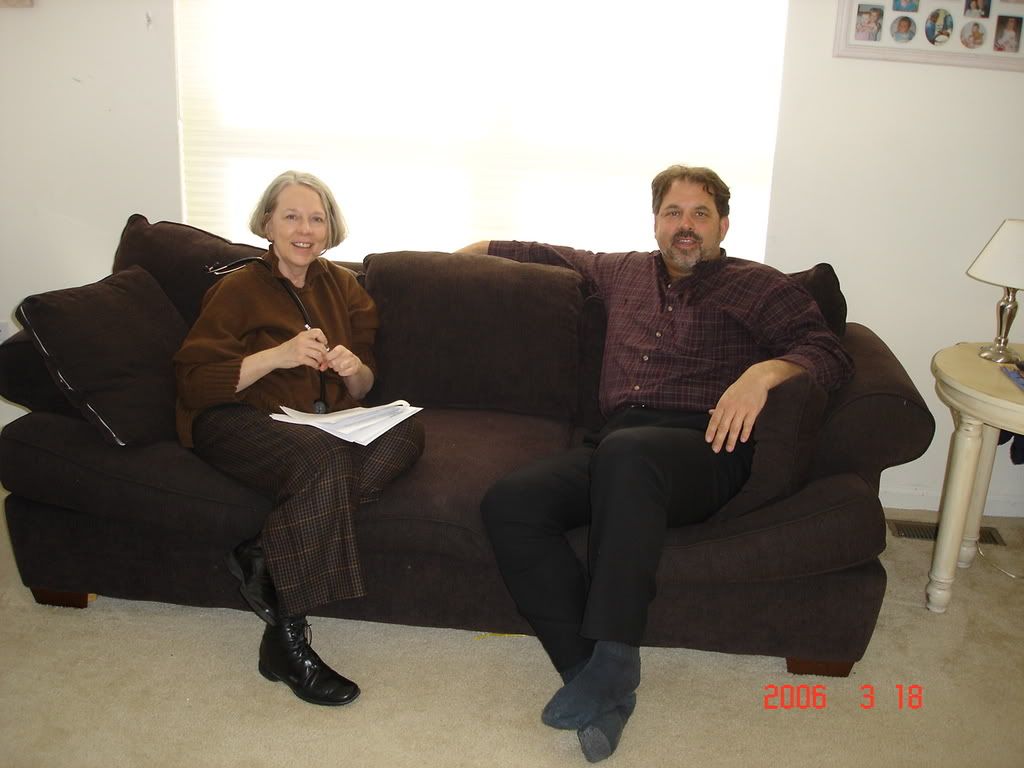 Penny Friedman and my brother, Kenny
Penny Friedman and my brother, Kenny
 Ever since he was a young child, Dr. Thomas McDavitt held on to the dream of becoming a veterinarian. Despite some opposition from well-meaning professionals during high school and college, Thomas forged ahead, taking the classes he needed and volunteering himself in various clinics and zoos to increase his knowledge and skills. Several professionals expressed concern that being deaf might hinder him from performing the tasks needed to work with animals. “How will you hear the heartbeat and lungs?” they asked.
Ever since he was a young child, Dr. Thomas McDavitt held on to the dream of becoming a veterinarian. Despite some opposition from well-meaning professionals during high school and college, Thomas forged ahead, taking the classes he needed and volunteering himself in various clinics and zoos to increase his knowledge and skills. Several professionals expressed concern that being deaf might hinder him from performing the tasks needed to work with animals. “How will you hear the heartbeat and lungs?” they asked.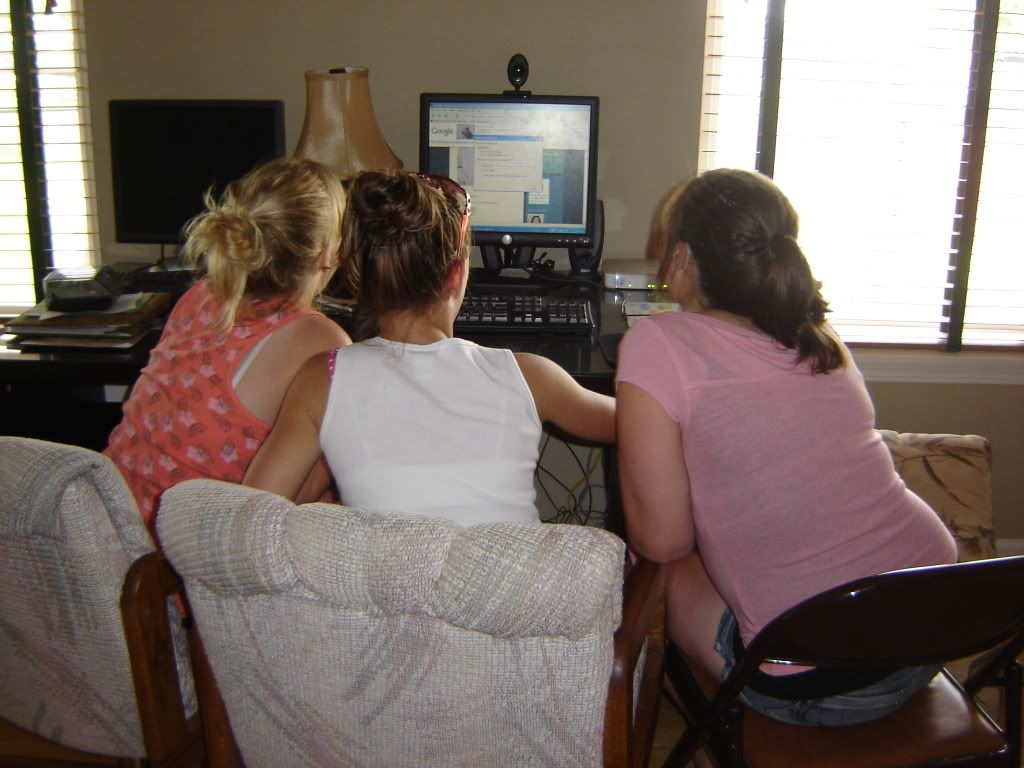 As I was driving home from the mall today, I watched the six kids in the back as they chatted with each other. The two high school boys were conversing using mostly their voice, with some signs thrown in. The three girls were animatedly using American Sign Language. Eyebrows arched, shoulders shrugged and cheeks puffed as they skipped through conversations about residental school, camp and their plans for the night.
As I was driving home from the mall today, I watched the six kids in the back as they chatted with each other. The two high school boys were conversing using mostly their voice, with some signs thrown in. The three girls were animatedly using American Sign Language. Eyebrows arched, shoulders shrugged and cheeks puffed as they skipped through conversations about residental school, camp and their plans for the night. On Saturday morning, we headed up to Busse Woods for the annual
On Saturday morning, we headed up to Busse Woods for the annual  WSAD has a special place in my heart. I played volleyball for the WSAD team for many years. I became the secretary and then the first woman president of the club back in the early ’90s. Today, the club is run by another woman president, Julia Anderson, who is also featured on my other blog:
WSAD has a special place in my heart. I played volleyball for the WSAD team for many years. I became the secretary and then the first woman president of the club back in the early ’90s. Today, the club is run by another woman president, Julia Anderson, who is also featured on my other blog: 
 ions roll.
ions roll.  We headed home to throw brats in the oven and hot dogs on the stove. Our grill was a goner–with two huge, rusted holes and an ignitor that wouldn’t spark. A bunch of friends spent the rest of the evening with us, kicking back together, enjoying the meal and conversation.
We headed home to throw brats in the oven and hot dogs on the stove. Our grill was a goner–with two huge, rusted holes and an ignitor that wouldn’t spark. A bunch of friends spent the rest of the evening with us, kicking back together, enjoying the meal and conversation. 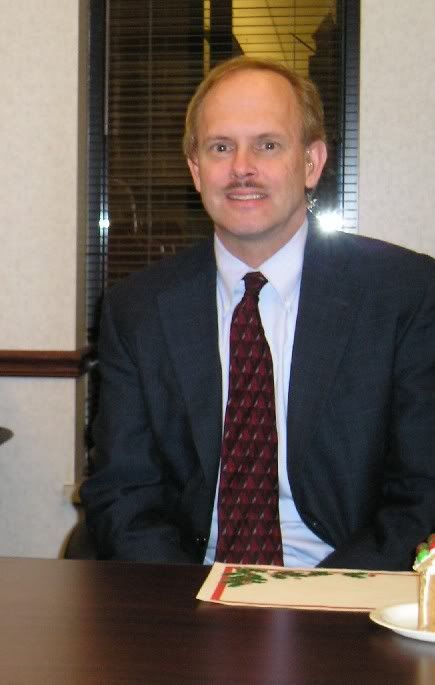

 Dr. Andrew Griffith with my Dad
Dr. Andrew Griffith with my Dad Penny Friedman and my brother, Kenny
Penny Friedman and my brother, Kenny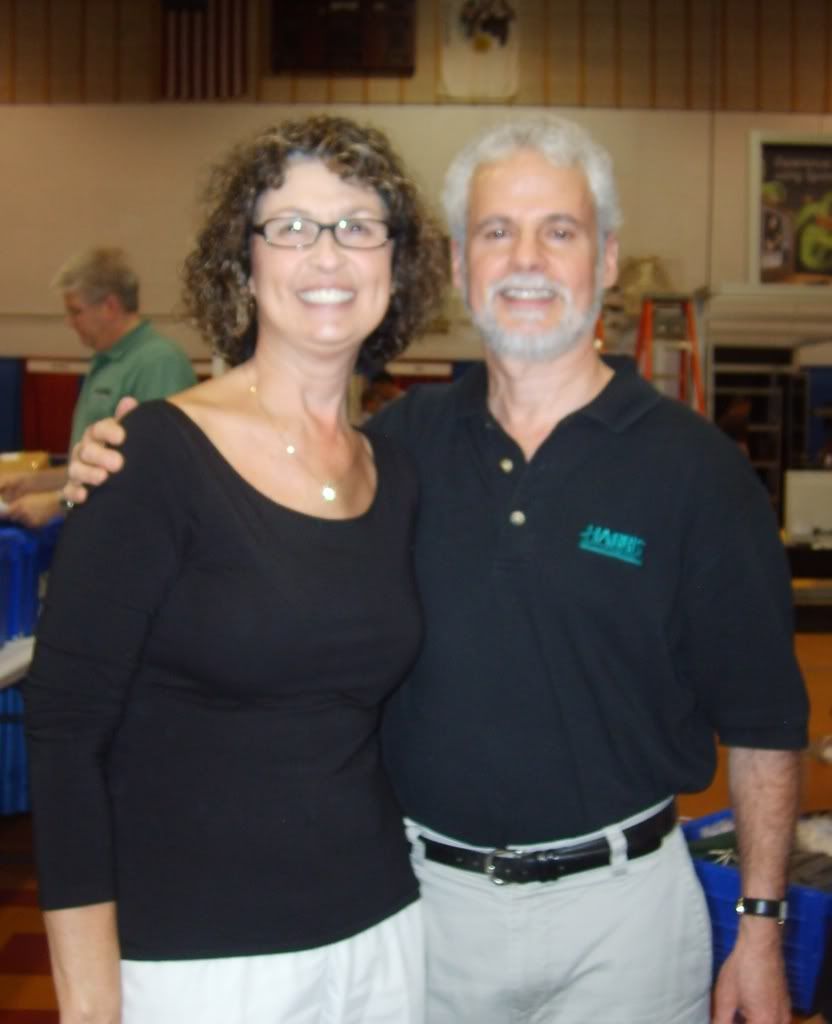 Although I’ve known about
Although I’ve known about 